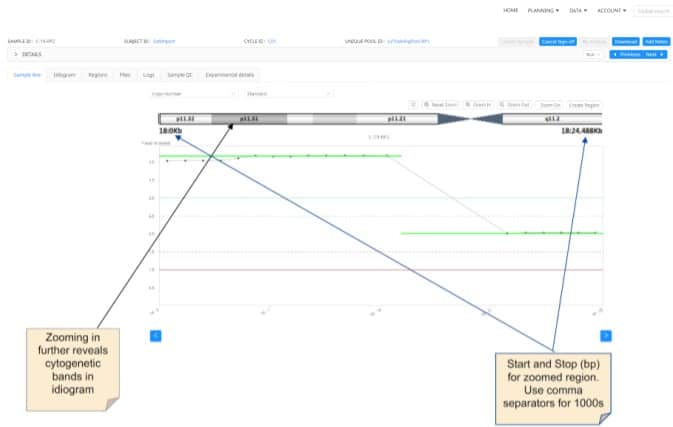
One of the pioneering medical device companies specializing in IVF (In Vitro Fertilization) found itself at a crossroads. They already had a multi-billion dollar portfolio of instruments, assays, and culture media and decided to expand their portfolio to include a genomic test kit that would be used by laboratories worldwide to improve embryo selection resulting in more successful IVF outcomes. Although the test kit had existing software, it was desktop-based and came with a number of disadvantages. It lacked the ability to scale, collaborate, automate, or easily deploy software updates.
They had three choices; keep the existing software, build a better version themselves, or partner with a software provider. At the end of the day, it was vital the decision would result in modern software that would reflect their company’s brand of quality industry-leading products that consistently meet the needs of their customers and the families who would ultimately benefit. Despite their success in IVF instrumentation and labware, they recognized that their core competency was not in software development. In such a quickly evolving industry, they could not afford to wait the months (or more likely, years) it would have required to start a new internal software development team and build a product from scratch. After a rigorous selection process, they decided to collaborate with Basepair because they appreciated the existing capabilities of the NGS analysis and visualization platform.
Together, they created a comprehensive cloud-based software solution built using the Basepair platform that was scalable, easy to use for IVF lab technicians, included built-in automation, and out-of-the-box visualizations, and allowed their customers to adhere to data access regulations globally. And because the software solution is cloud-based, they could easily deploy software updates to keep up with the regular improvements made to their test kits which “future-proofed” their investment. Today, when their customers log in to analyze the data from one of their NGS tests, they benefit from this collaboration between two organizations that are experts in their respective fields. This marriage of minds has elevated what could have been a clunky and poor user interface to a seamless point-and-click platform where scientific decisions which lead to the birth of a healthy newborn can be made in minutes, not hours.
The process to build their customized web portal took about three months. Today, they have a company-branded software solution consistent with its company image. It includes many of the out-of-the-box capabilities of the existing Basepair platform, but it is powered by their validated algorithms and workflows and was custom designed for their needs. The process for lab technicians using their test kit is simple. They upload raw genomic data by simply dragging and dropping the relevant files into their workspace, selecting a corresponding analysis pipeline, and after the analysis is complete they can use a combination of industry standard and custom-built visualizations to interpret and sign off on the results of the test. Their customers could use their own cloud account protected by AWS’ security infrastructure which allows them to optimize their cloud computing and storage costs. Meanwhile, they receive useful insights into how and when their kits are being used worldwide.
In IVF and other fast-paced technology-driven industries where competition is constantly vying for your customers and market share, differentiating your test kit by providing a seamless option for analysis and visualization is advantageous. Realizing that it isn’t possible for your organization to be experts in everything all at once is also key. That’s why in this case the benefits of partnering with Basepair made sense and helped to solidify its brand and fulfill its customer promises.
